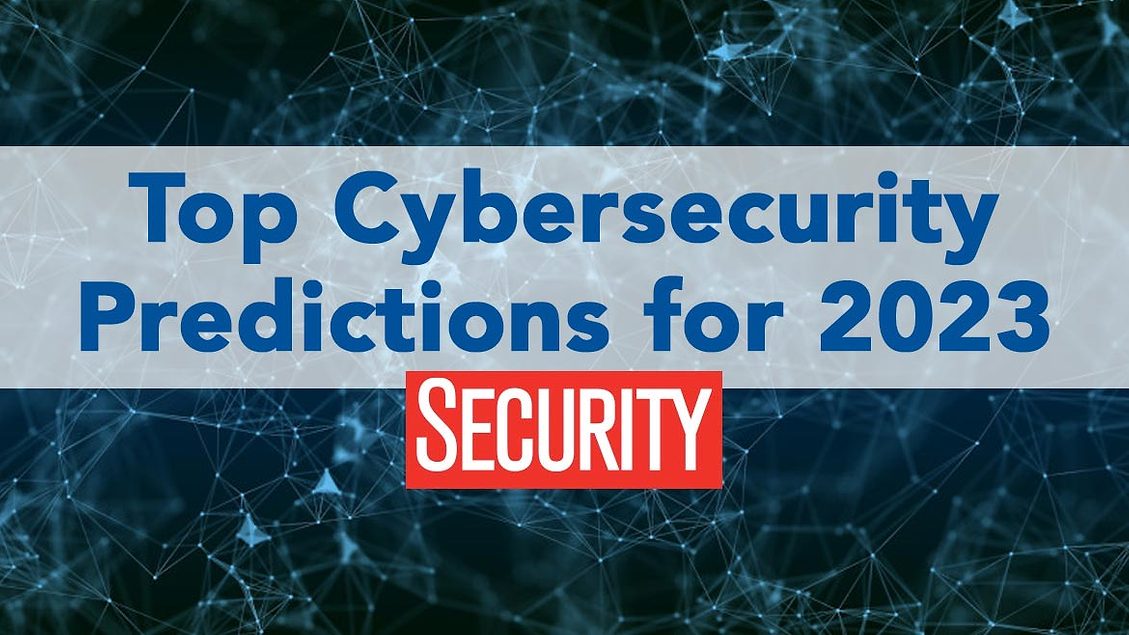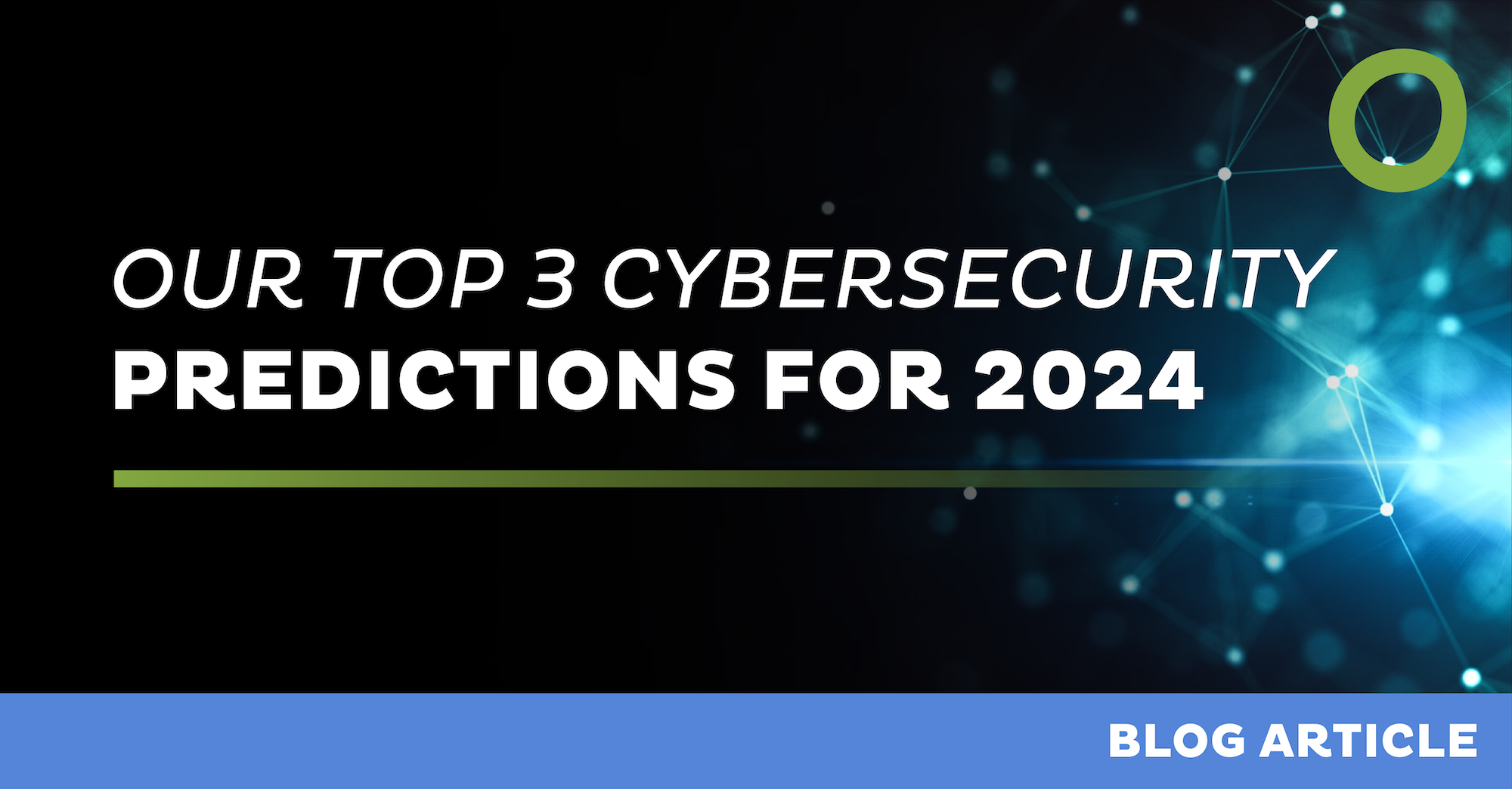The Next Frontier: Insightful Cybersecurity Forecasts for the Coming Year
As we approach the brand-new year, the cybersecurity landscape is on the brink of notable makeover. Trick variables such as the integration of innovative AI technologies, the inevitable rise of innovative ransomware, and the tightening of information privacy policies are forming the future of digital safety.
Increase of AI in Cybersecurity
In the quickly evolving landscape of cybersecurity, the assimilation of artificial intelligence (AI) is becoming a pivotal force in improving risk detection and reaction capacities. AI technologies, such as equipment understanding formulas and deep discovering models, are being significantly released to evaluate substantial amounts of data and identify patterns a measure of protection dangers. cyber attacks. This enables organizations to proactively resolve vulnerabilities prior to they can be manipulated
The rise of AI in cybersecurity is specifically significant in its ability to automate routine tasks, enabling human analysts to concentrate on even more complicated safety issues. By leveraging AI, cybersecurity groups can minimize feedback times and improve the precision of hazard assessments. In addition, AI systems can adjust and gain from brand-new risks, constantly refining their detection systems to remain ahead of harmful actors.
As cyber threats end up being much more sophisticated, the need for advanced remedies will certainly drive more investment in AI modern technologies. This trend will likely cause the growth of improved protection tools that include predictive analytics and real-time monitoring, eventually strengthening organizational defenses. The change towards AI-powered cybersecurity services represents not just a technological change yet a fundamental adjustment in exactly how companies approach their safety and security approaches.
Rise in Ransomware Assaults
Ransomware strikes have become a common risk in the cybersecurity landscape, targeting organizations of all sizes and throughout different sectors. As we progress into the coming year, it is anticipated that these assaults will not just boost in frequency but additionally in refinement. Cybercriminals are leveraging advanced methods, consisting of making use of artificial knowledge and machine understanding, to bypass traditional security procedures and manipulate susceptabilities within systems.
The acceleration of ransomware attacks can be credited to a number of variables, consisting of the increase of remote job and the expanding reliance on digital services. Organizations are frequently not really prepared for the developing danger landscape, leaving vital facilities at risk to breaches. The financial implications of ransomware are shocking, with firms facing hefty ransom money needs and prospective lasting functional disruptions.
Furthermore, the pattern of dual extortion-- where attackers not just secure data yet additionally threaten to leakage sensitive details-- has actually gained grip, additionally pushing victims to conform with needs. Because of this, organizations need to prioritize durable cybersecurity procedures, including regular back-ups, staff member training, and case response planning, to alleviate the risks related to ransomware. Failing to do so can lead to devastating effects in the year in advance.
Development of Data Personal Privacy Laws
The landscape of data personal privacy guidelines is undertaking substantial change as governments and companies react to the enhancing concerns surrounding individual data security. Over the last few years, the implementation of comprehensive frameworks, such as the General Information Security Regulation (GDPR) in Europe and the California Consumer Privacy Act (CCPA) in the USA, has set a precedent for more stringent personal privacy laws. These laws stress customers' legal rights to manage their information, mandating openness and liability from organizations that gather and refine personal info.

Additionally, companies will require to improve their conformity methods, purchasing advanced modern technologies and training to protect delicate information. The development of information personal privacy laws will certainly not just effect just how services operate however likewise shape consumer expectations, cultivating a society of count on and safety and security in the electronic landscape.
Growth of Remote Job Susceptabilities
As companies remain to welcome remote work, vulnerabilities in cybersecurity have actually increasingly pertained to the leading edge. The change to flexible job setups has revealed essential spaces in safety and security protocols, particularly as employees access sensitive information from diverse areas and devices. This decentralized workplace develops a view broadened attack surface area for cybercriminals, who make use of unsafe Wi-Fi networks and individual gadgets to penetrate corporate systems.

To mitigate these vulnerabilities, organizations should focus on comprehensive cybersecurity training and implement durable safety and security structures that encompass remote job situations. This includes multi-factor verification, normal system updates, and the facility of clear methods for data accessibility and sharing. By resolving these susceptabilities head-on, business can foster a more secure remote workplace while keeping functional strength in the face of progressing cyber threats.
Developments in Danger Detection Technologies


Positive threat discovery has ended up being a keystone of modern cybersecurity strategies, reflecting the immediate requirement to neutralize significantly innovative cyber risks. As companies deal with an advancing landscape of susceptabilities, developments in danger discovery innovations are critical in mitigating dangers and improving security postures.
One remarkable trend is the integration of expert system and equipment discovering right into threat discovery systems. These modern technologies make it possible for the analysis of huge quantities of data in real time, permitting the recognition of abnormalities and potentially destructive tasks that might evade traditional safety procedures. Additionally, behavioral analytics are being executed to develop standards for typical individual activity, making it less complicated to discover variances indicative of a breach.
Moreover, the increase of automated hazard intelligence sharing systems promotes collective protection efforts throughout markets. This real-time exchange of info enhances situational understanding and speeds up reaction times to arising threats.
As organizations remain to purchase these innovative innovations, the performance of cyber defense systems will substantially enhance, encouraging safety and security teams to stay one action in advance of cybercriminals. Inevitably, these improvements will play a crucial duty in forming the future landscape of cybersecurity.
Verdict
In recap, the future year is expected to witness transformative growths address in cybersecurity, driven by the assimilation of AI innovations and a noteworthy increase in ransomware Clicking Here attacks. Generally, these advancing dynamics underscore the essential importance of adjusting to an ever-changing cybersecurity landscape.